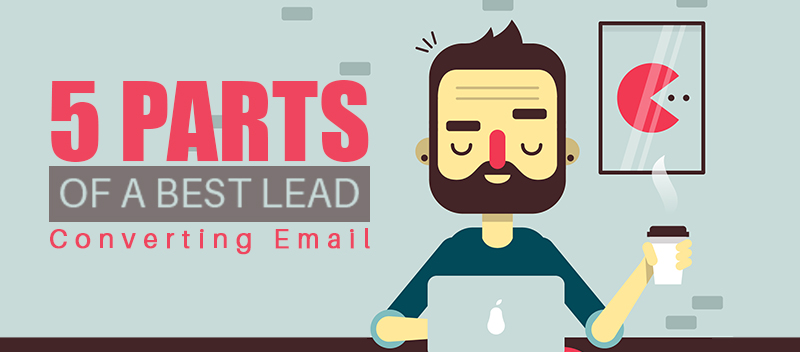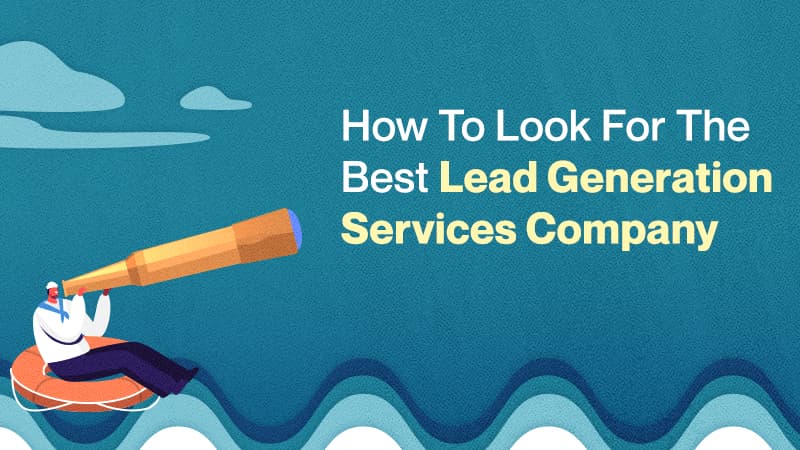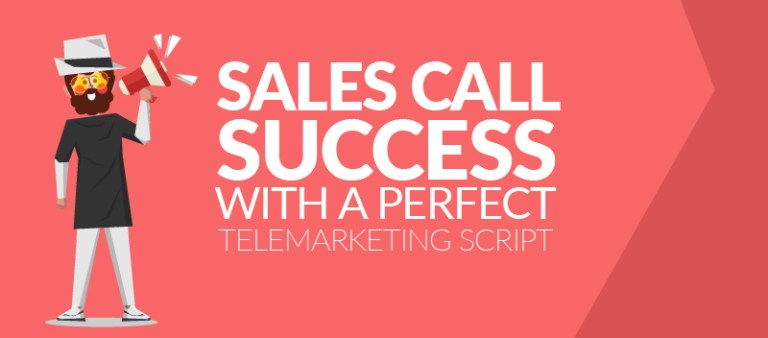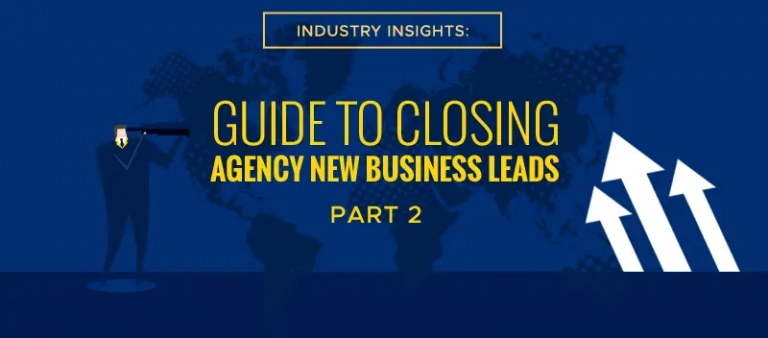Any lead generation discussion is definitely conjoined by email marketing. Despite innovations in tools and prospecting strategies, email marketing indestructibly remained on top of the list of campaign activities like sharing information and communicating with target decision-makers.
If your email marketing tactic is not gaining good lead conversions, get some help from the notes below and learn to create the best lead converting email. We incorporated an infographic for better visualization. Enjoy!
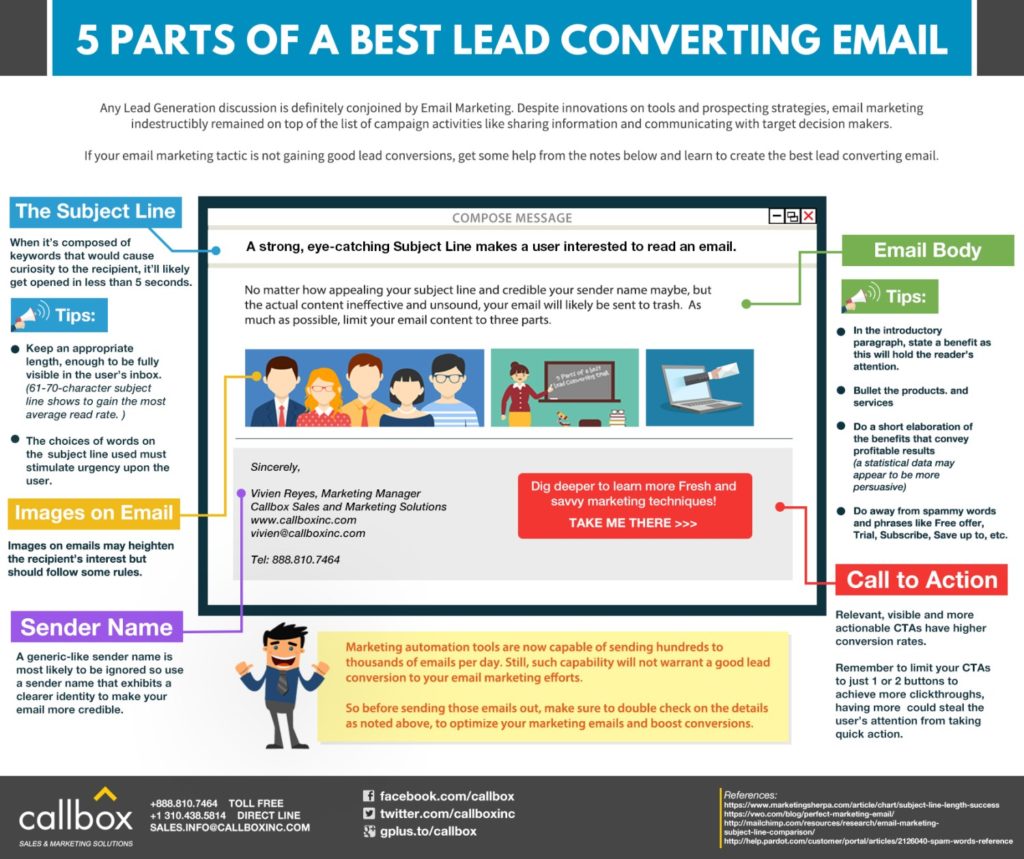
The Subject Line
A strong, eye-catching subject line is what makes a user interested to read an email. When it’s composed of keywords that would cause curiosity to the recipient, it’ll likely get opened in less than 5 seconds.
Here are important factors to consider when drafting an appealing Subject Line:
- Length
Keep an appropriate length, enough to be fully visible in the user’s inbox. Although there’s no standard number of characters or words for an effective subject line, a 61-70-character subject line shows to gain the most average read rate.
- Word Choice
Use fitting words that are familiar to the user. Terminologies that likely summarize the email copy itself. The choices of words on the subject line used must stimulate urgency upon the user.
- Revision
Consider revising the subject line if you don’t get any reply from any send out activities made. Double check the length as it might be too long, and the words used may be unfamiliar.
It’s best to have a list of versions for subject lines to be used at the same time and compare which ones are working best.
Related: 13 Business Goals You Can Achieve Through Email Marketing
Sender Name
Most businesses use company name, a person’s name, product or brand name, or just email address for a sender name. A generic-like sender name is most likely to be ignored so use a sender name that exhibits a clearer identity to make your email more credible.
Take some tips from instantshift.com:
- Personal Name
If your audience knows you by name, put your name in the “from” line.
- Company Name
If email recipients identify with your company’s name and not yours, or even recognize it before they recognize yours, then include your company’s name in the “from” line—especially if your business is a big name.
- Both Personal and Business Name
You can include both your personal name and your company’s name in the “from” line. This works when you are part of a big business and you are the personal representative of the business. People will likely identify with your company’s name and also acknowledge you as the representative of the business. You could also use your first name followed by the company’s name.
- Department Name
When you work for a particular department in a business and your audience knows that, mention it. If your email address doesn’t already include your department, put it in (as in “Steve, HR, Peoples’ Magazine”). You’ll give your audience the most specific information possible.
- Representative’s Name
If there are many representatives in your business, divide the email addresses into shorter lists and use the most familiar representatives’ names for each list in the “from” line along with the company’s name.
- Place Name
Many companies have branches in many locations around a city, state, country, or world. In such cases, the company name alone might confuse your audience, so mention your specific geographical location.
- DomainName
If your audience is most familiar with your company’s website, then include the domain name or URL. Include your business name as well to promote your business as a brand.
Email Body
No matter how appealing your subject line and credible your sender name may be, but the actual content is ineffective and unsound, your email will likely be sent to trash. As much as possible, limit your email content to three parts.
Here are some tips in drafting a first-rate email content:
- In the intro paragraph, state a benefit as this will hold the reader’s attention.
- Bullet the products and services.
- And do a short elaboration of the benefits that convey profitable results – a statistical data may appear to be more persuasive.
- Do away with spammy words and phrases like Free offer, Trial, Subscribe, Save up to, etc.
Related: Use the Psychology of Free Stuff to Generate Leads
Images on Email
Images on emails may heighten the recipient’s interest but should follow some rules:
- Three or less images would generate more clickthroughs
- Use HTML Alt Tags; utilize CSS to stylize
- Suggested file formats are jpeg and png
Call to Action
Relevant, visible and more actionable CTAs have higher conversion rates. Remember to limit your CTAs to just 1 or 2 buttons to achieve more clickthroughs, having more could steal the user’s attention from taking quick action.
Marketing automation tools are now capable of sending hundreds to thousands of emails per day. Still, such capability will not warrant a good lead conversion to your email marketing efforts.
So before sending those emails out, make sure to double check on the details as noted above, to optimize your marketing emails and boost conversions.
